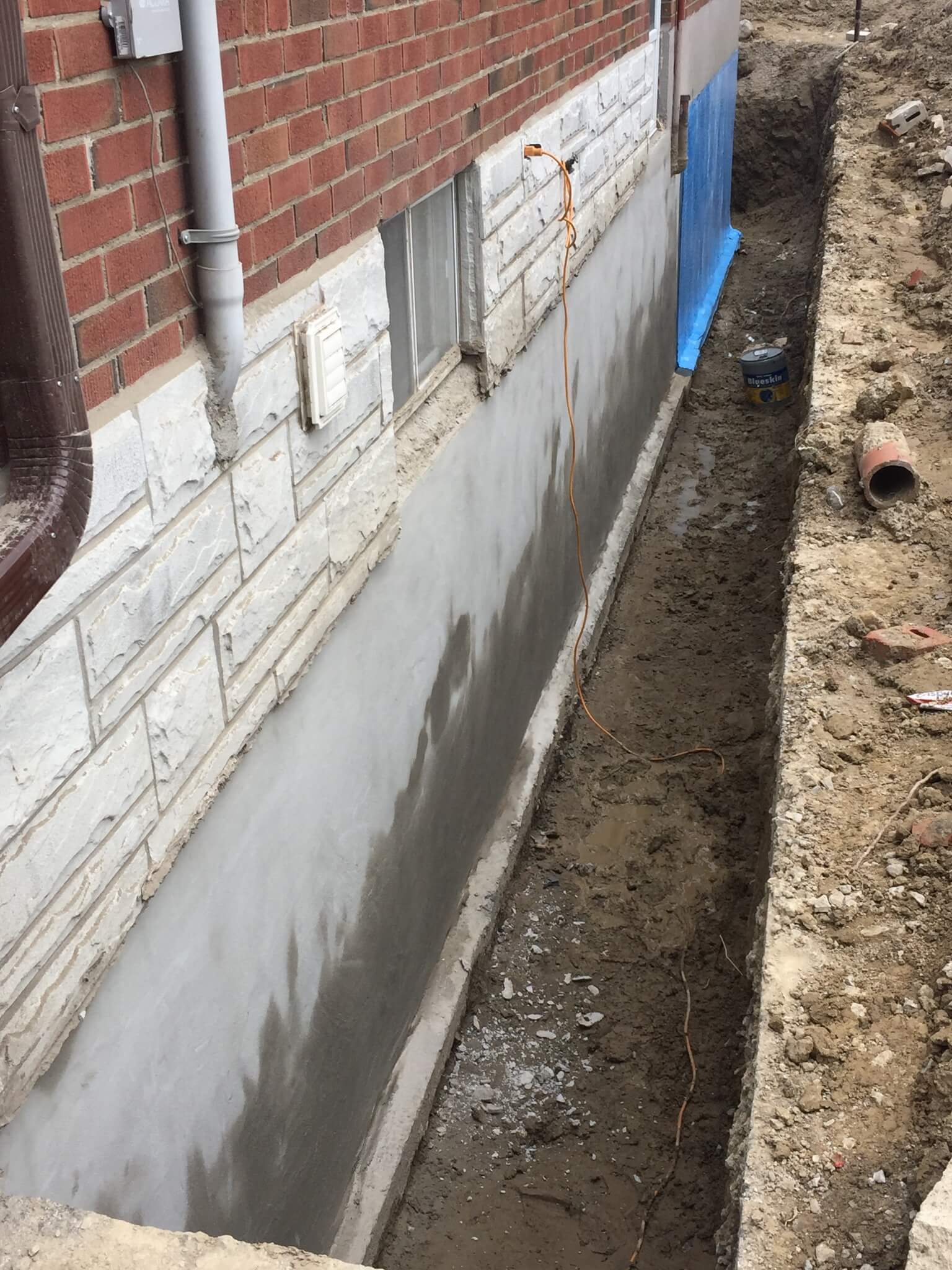The process of waterproofing is an important aspect of preserving the stability and durability of any residence or edifice. Without adequate waterproofing, assets are vulnerable to flood damage, fungal issues, and construction faults that can lead to costly repairs. As the saying goes, an ounce of prevention is worth a pound of cure, and understanding how to spot waterproofing failures early can save you a significant amount in unnecessary expenses down the line. In this guide, we will examine the key signs and symptoms of waterproofing issues, ensuring you can take action before it's beyond repair.
Whether you are a homeowner or administering a commercial property, being aware of the risk for water infiltration is crucial. From roofs and cellars to washrooms and exteriors, each section of a property can encounter waterproofing challenges. By identifying the early warning signs, you can confront them directly and implement effective solutions specific to your particular situation. Come along as we investigate the world of waterproofing, equipping you with the knowledge to defend your investment and keep a secure, water-free environment.
Essential Elements of Moisture Protection
Moisture protection is a fundamental element of maintaining the stability of all structure, be it a home or a commercial building. It serves as a defensive barrier against water intrusion, which can lead to substantial damage, including mold growth, architectural weakening, and costly repairs. Understanding why waterproofing is essential for each home and building allows homeowners and property managers to take proactive measures in safeguarding their assets.
One of the key goals of waterproofing is to prevent water from entering cellars, foundations, and additional vulnerable areas. Read More Here requires a careful assessment of potential water sources, such as precipitation, subsurface water, and including plumbing leaks. By recognizing signs that your property needs waterproofing before it's too late, you can address issues early, thereby saving a fortune in repairs. Adopting effective waterproofing solutions can enhance the longevity and safety of your building while providing confidence.
In addition, choosing the right waterproofing method—whether interior or exterior—is crucial for sustained effectiveness. Each type has its advantages and is tailored for different situations. Moreover, comprehending common waterproofing misconceptions, such as false beliefs about DIY versus professional solutions, can help property owners make informed decisions. Ultimately, investing in suitable waterproofing not only safeguards physical buildings but also improves energy efficiency and contributes to sustainable building practices.
Identifying Water-resistant Needs

To efficiently identify waterproofing requirements in your house or building, commence by examining zones often in contact with moisture. Inspect basements, restrooms, kitchens, and ceilings for any evidence of water damage. Watch for stains on walls or roofs, mold growth, or peeling paint, as these issues can be clues of current leaks or inadequate waterproofing. Periodically check these spaces, especially after intense rain or flooding, to catch potential problems early.
Furthermore, pay attention to the external conditions around your building. Ensure that gutters and downspouts are in proper condition and leading water away from the foundation. If water pools around your property during precipitation, this can lead to serious waterproofing issues. Review your landscaping to ensure adequate grading, which should encourage water to move away from your building rather than towards it.
Finally, reflect on the age of your waterproofing solutions. Materials deteriorate over time, and what may have functioned adequately in the past may no longer provide sufficient protection. Realizing when to reevaluate and enhance your waterproofing systems can avert costly repairs down the line. Be proactive in sustaining waterproofing measures to defend your home from water damage.
Selecting Waterproofing
While choosing the right waterproofing solution for your property, it is important to take into account the specific needs of your space. Factors such as climate, building design, and the kind of flooding will dictate the most effective method. For basement waterproofing , homes in areas with extensive rainfall may require more robust exterior solutions, while properties with leaky basements might profit more from interior waterproofing techniques. Evaluating these aspects will direct you to the most suitable waterproofing option.
You also should consider the pros and disadvantages of DIY versus professional waterproofing. Though DIY methods can protect some money, they often lack the performance of a professional installation. Expert contractors can provide skills in identifying potential problem areas and utilizing advanced techniques that might not be affordable to a novice. Researching different contractors and reviewing their expertise and customer reviews is crucial in making an wise decision.
Finally, don’t overlook the long-term implications of your choice. High-quality waterproofing solutions may need a larger upfront outlay, but they will eventually save you thousands in repairs and maintenance costs in the long run. Taking the time to contrast warranties, product quality, and the general reputation of waterproofing materials can help that you opt for a trustworthy and effective solution to protect your property from water damage.
